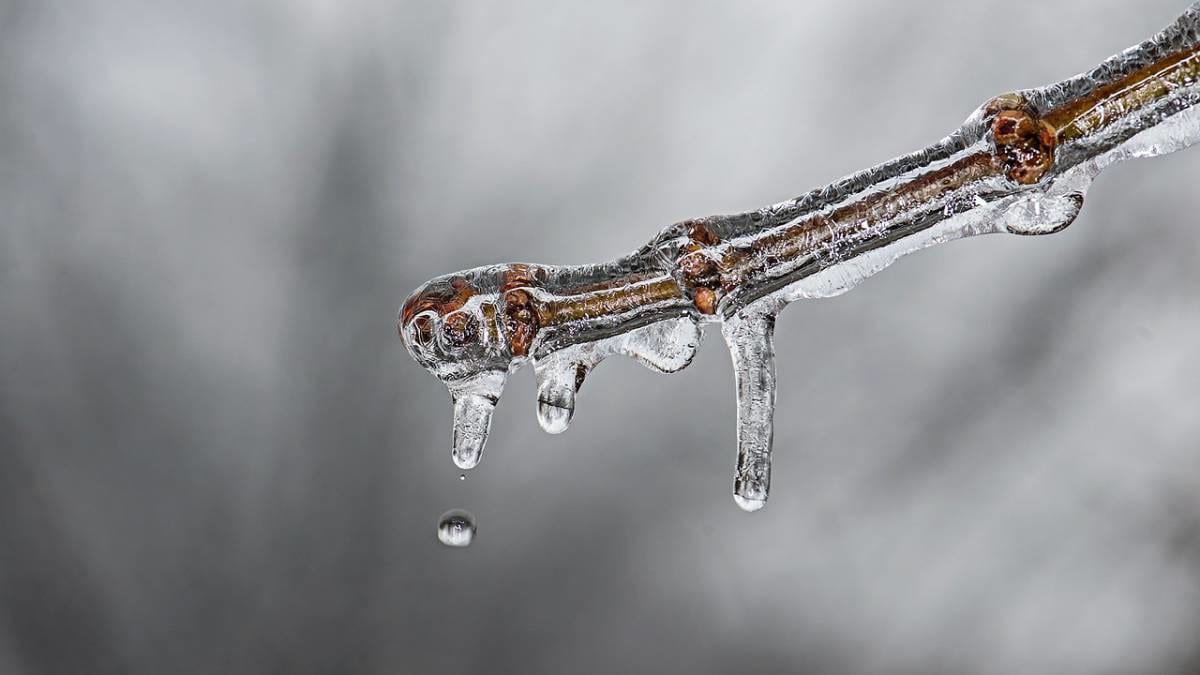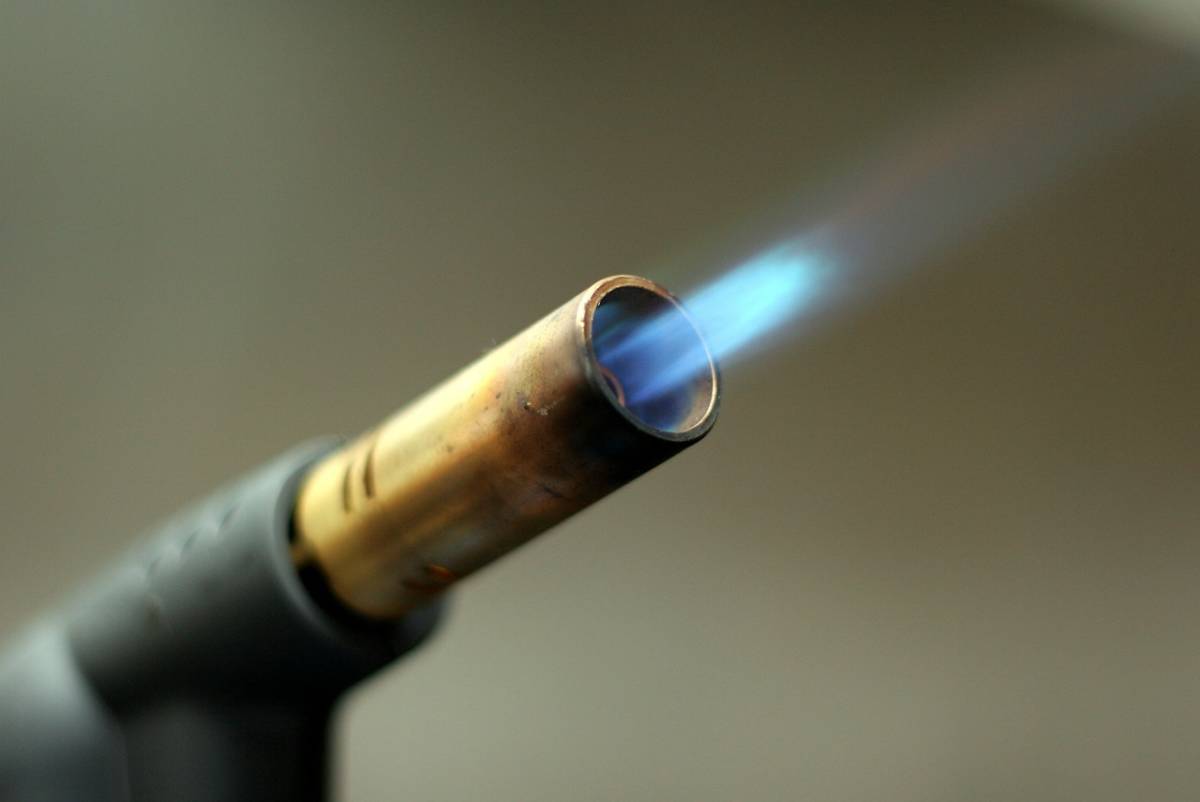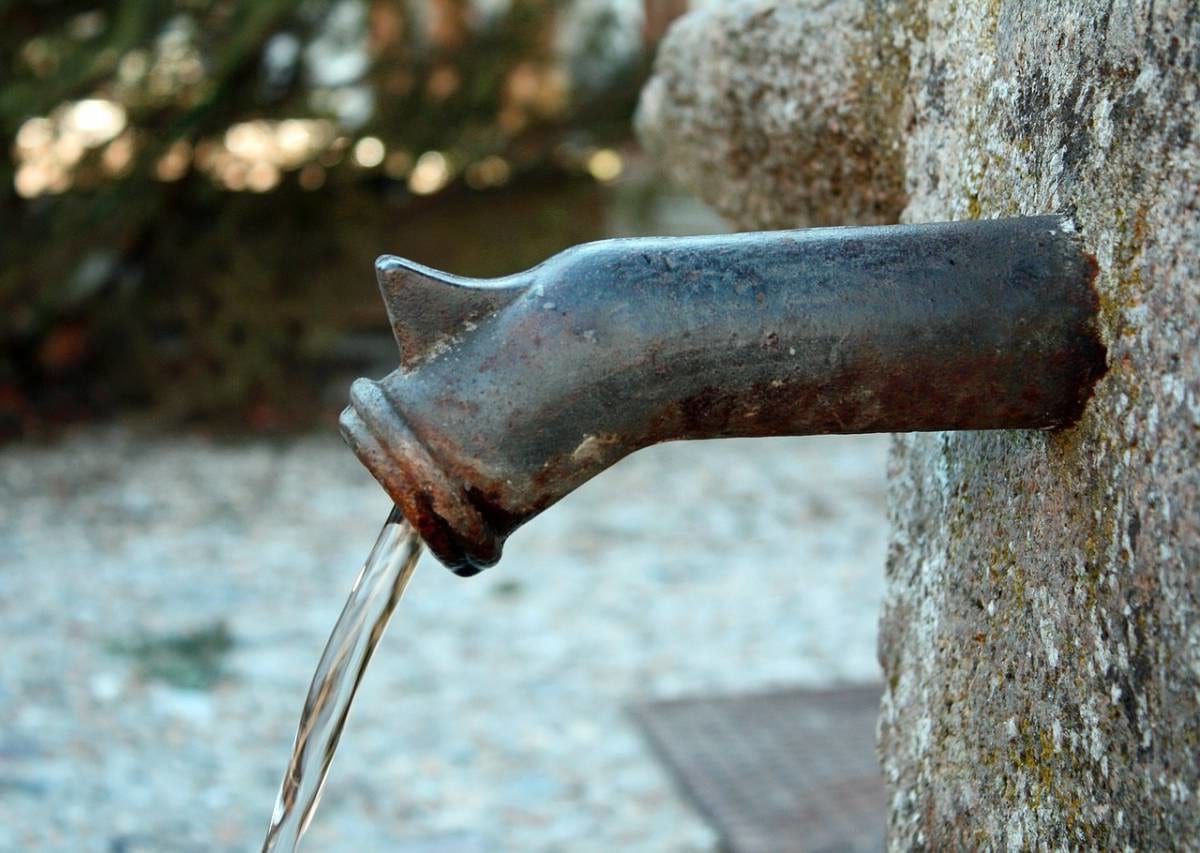 Written by Richard Beard
Written by Richard Beard
Winter is here, and it is important to bundle up and be prepared for the cold weather. Your pipes are no different.

When unprotected waterlines are subjected to freezing temperatures for several hours, the water freezes. As water freezes, it expands and can cause pipes to crack or split. Later, when the pressurized waterline thaws, the water leak can cause substantial damage.
To understand the damage that can be caused from a broken waterline, imagine you have plugged the kitchen sink drain, turned the faucet on high, and as water begins to run to the floor, you leave home for the day. This is similar to what will happen if a frozen water pipe cracks, thaws and sprays water inside your home while you are asleep or away. If the leak is inside a wall, below the floor or above the ceiling, it can be extremely difficult to reach as well as expensive to repair.
Consider these tips to prevent pipes from freezing.
Explore various insulation options
Waterlines located in areas where temperatures commonly drop below freezing should be protected. In many cases, unprotected pipes, fittings, and other plumbing equipment can be enclosed in pre-formed insulation sleeves. These sleeves resemble tubes and are available in varying diameters. Plumbing insulation is also available in formed shapes that fit snugly around plumbing fixtures. Another insulating option is strips of foil-faced fiberglass. These are wrapped around pipes and fixtures and secured in place with tape or wire.
Cover pipes properly
 For plumbing insulation to work properly and prevent pipes from freezing, it must completely cover the pipes, fittings, and fixtures that are exposed to cold temperatures. Insulation should fit snugly around the plumbing and be taped securely. Before installing insulation, make sure there are no water leaks that will saturate the insulation and render it ineffective. Remember that insulation will not protect pipes from prolonged freezing temperatures unless there is some source of heat or periodic water flow.
For plumbing insulation to work properly and prevent pipes from freezing, it must completely cover the pipes, fittings, and fixtures that are exposed to cold temperatures. Insulation should fit snugly around the plumbing and be taped securely. Before installing insulation, make sure there are no water leaks that will saturate the insulation and render it ineffective. Remember that insulation will not protect pipes from prolonged freezing temperatures unless there is some source of heat or periodic water flow.
In some situations, the location of a pipe makes insulation unpractical or ineffective. In such cases, electrical heat cables designed for use on pipes can be installed. Manufacturers provide detailed instructions for use. This option should not be your first choice since unheated pipes can freeze if the electricity is off for several hours.
Prepare waterlines if you leave your home unattended during the winter
It is best to turn off the water, shut down the water heater, and drain water from the plumbing system. If possible, leave the furnace on and the thermostat set near 50 degrees. This will protect your home and belongings from harsh winter temperatures. If a water pipe does break, the damage will be minimal. If you are going away for only a few days, have someone stay in the house if possible. This will eliminate the shutdown and startup procedures.
Be cautious when thawing frozen waterlines
 If your pipes freeze, a plumber may be your best contact. If you opt to do it yourself, shut off the main supply line first, then open the faucet in the frozen line. Begin thawing at the faucet. Gradually raise the temperature of the pipe so the ice will melt. When frozen plumbing is heated gradually, the trapped water will not boil and rubber or plastic faucet parts will not melt. Waterlines may be thawed using a space heater, a heat lamp, heat tape, a hairdryer, or towels soaked in hot water and wrapped around the pipes. Be cautious when using electrical appliances in wet locations. To avoid burns, do not use boiling water to thaw pipes. Also, do not use an open flame to thaw frozen waterlines, due to the fire hazard. If there is a chance a frozen water pipe will leak when it thaws, open other faucets in the house to drain water from the plumbing system. If a hot waterline or a main waterline freezes, it is often necessary to turn the water heater off. Keep buckets or other containers nearby to collect water.
If your pipes freeze, a plumber may be your best contact. If you opt to do it yourself, shut off the main supply line first, then open the faucet in the frozen line. Begin thawing at the faucet. Gradually raise the temperature of the pipe so the ice will melt. When frozen plumbing is heated gradually, the trapped water will not boil and rubber or plastic faucet parts will not melt. Waterlines may be thawed using a space heater, a heat lamp, heat tape, a hairdryer, or towels soaked in hot water and wrapped around the pipes. Be cautious when using electrical appliances in wet locations. To avoid burns, do not use boiling water to thaw pipes. Also, do not use an open flame to thaw frozen waterlines, due to the fire hazard. If there is a chance a frozen water pipe will leak when it thaws, open other faucets in the house to drain water from the plumbing system. If a hot waterline or a main waterline freezes, it is often necessary to turn the water heater off. Keep buckets or other containers nearby to collect water.
Don’t count on the running water technique
 During cold temperatures, homeowners sometimes leave a faucet running to prevent the waterline from freezing. Although this technique will work, it wastes water and should only be done when other, more permanent methods can’t be used. Also remember that hot waterlines will freeze, and seldom do people leave the hot water running.
During cold temperatures, homeowners sometimes leave a faucet running to prevent the waterline from freezing. Although this technique will work, it wastes water and should only be done when other, more permanent methods can’t be used. Also remember that hot waterlines will freeze, and seldom do people leave the hot water running.
Teach adults and older children where the main water shutoff is located and how to shut the water off
Being able to do this in the event of a water leak can greatly reduce the damage to your home.
Richard Beard is Utah State University Extension’s agricultural engineering specialist. He can be reached at (435) 797-0573 or richard.beard@usu.edu.



